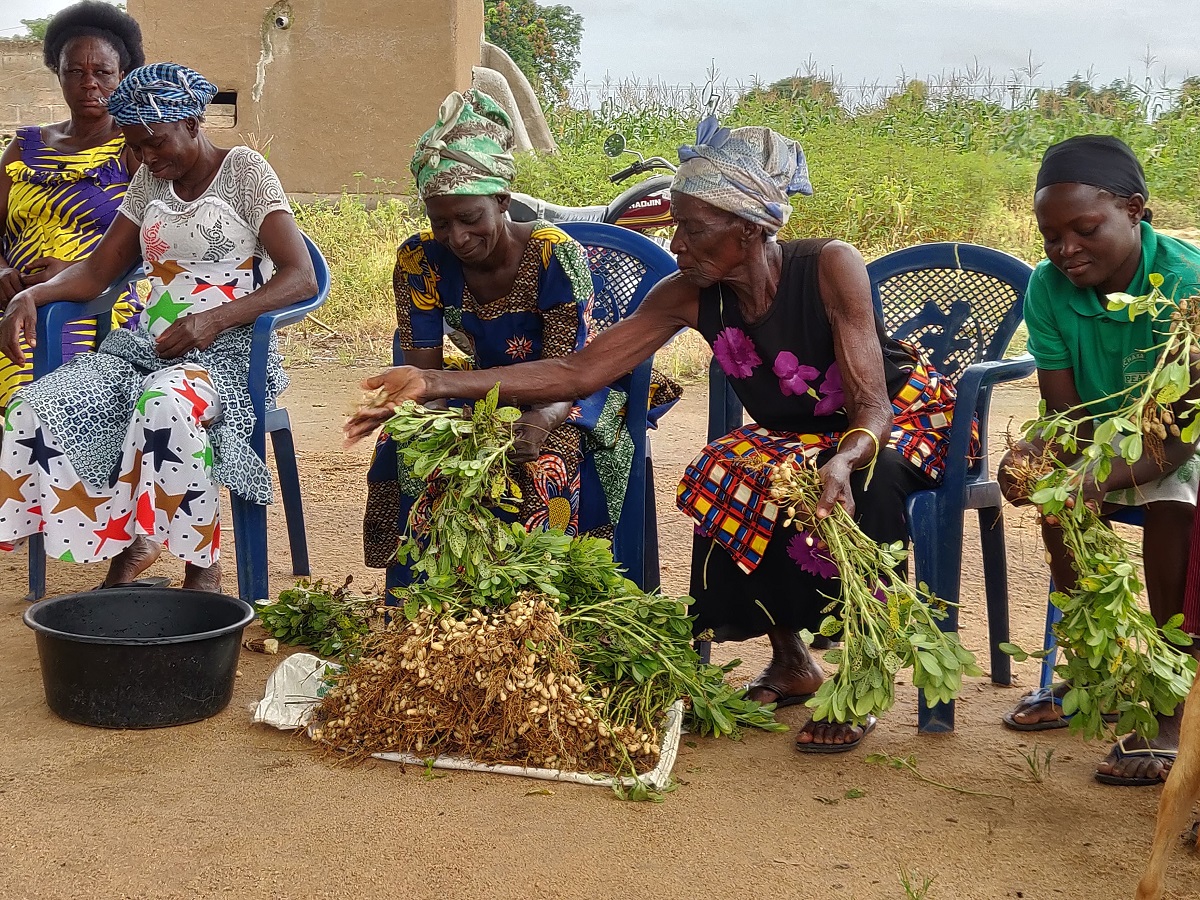News - 2021
Dear friends, partners, students and colleagues of NRI,
2021 has turned out to be another challenging year – on a global, local and personal scale, most notably due to the Covid-19 pandemic, the climate crisis, the obstacles to achieving gender...
Livestock emit 14.5% of global greenhouse gases (GHGs), including methane (CH4), nitrous oxide (N2O) and carbon dioxide (CO2). In response to the urgent need for a reduction in emissions and a transition to more sustainable diets, the uptake of...
Mosquitoes can be loud and annoying – and it is precisely this whiny tone that they use to find a mate. But from how far away can they hear each other and at what level of sensitivity?
The work of social scientists involves taking an in-depth look at the many, often interlinking aspects of how society works. In order to understand certain facets of social relationships in more detail, it is sometimes necessary to apply a specific...
Producing enough to feed their families is a back-breaking reality for millions in small-scale farming households across sub-Saharan Africa (SSA) and beyond. For example, cereal and legume grain producers have to store sufficient seed from the...
Aphids – the tiny sap-sucking insects that are the scourge of many gardeners and growers – are the main insect vectors that carry and transmit barley yellow dwarf viruses (BYDV) the agents responsible for barley yellow dwarf disease. This is the...
Spotted wing drosophila (SWD) is a fruit fly that lays its eggs in ripening fruit. The larvae cause severe fruit damage and increases in production costs. This invasive pest was first detected in the UK in 2012 by NIAB EMR, a horticultural research...
After harvesting, fresh cassava roots must be consumed or processed within 72 hours, or they become unsuitable for human consumption. For this reason, the roots are usually processed into dried products including flour and gari – a granular,...
Maize streak virus (MSV) is transmitted by the insect leafhopper Cicadulina spp. In maize plants, MSV infection initially manifests as small, round, scattered spots on their leaves, which get larger as the plant grows until the spots resemble...
Food systems are complex networks of people and activities involved in the production, processing, distribution, preparation and consumption of food. There is an urgent need to transform food systems to achieve the 2030 Sustainable Development...
Malnutrition refers to deficiencies, excesses, or imbalances in a person’s intake of energy and/or nutrients, as defined by the World Health Organization. Undernutrition can be defined as an insufficient intake of energy and nutrients to meet an...
On farms, rodents consume and spoil animal feed, damage infrastructure and are a considerable threat to animal health and to achieving optimal health and wellbeing recognising the interconnections between people, animals, plants and their shared...













